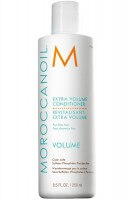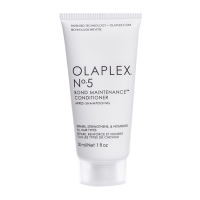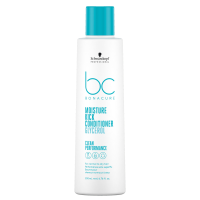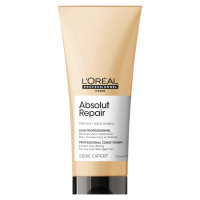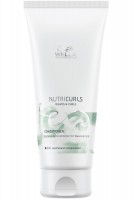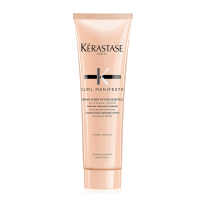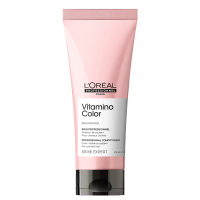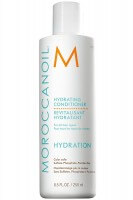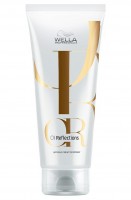How to choose the right conditioner for your hair type?
Introduction:
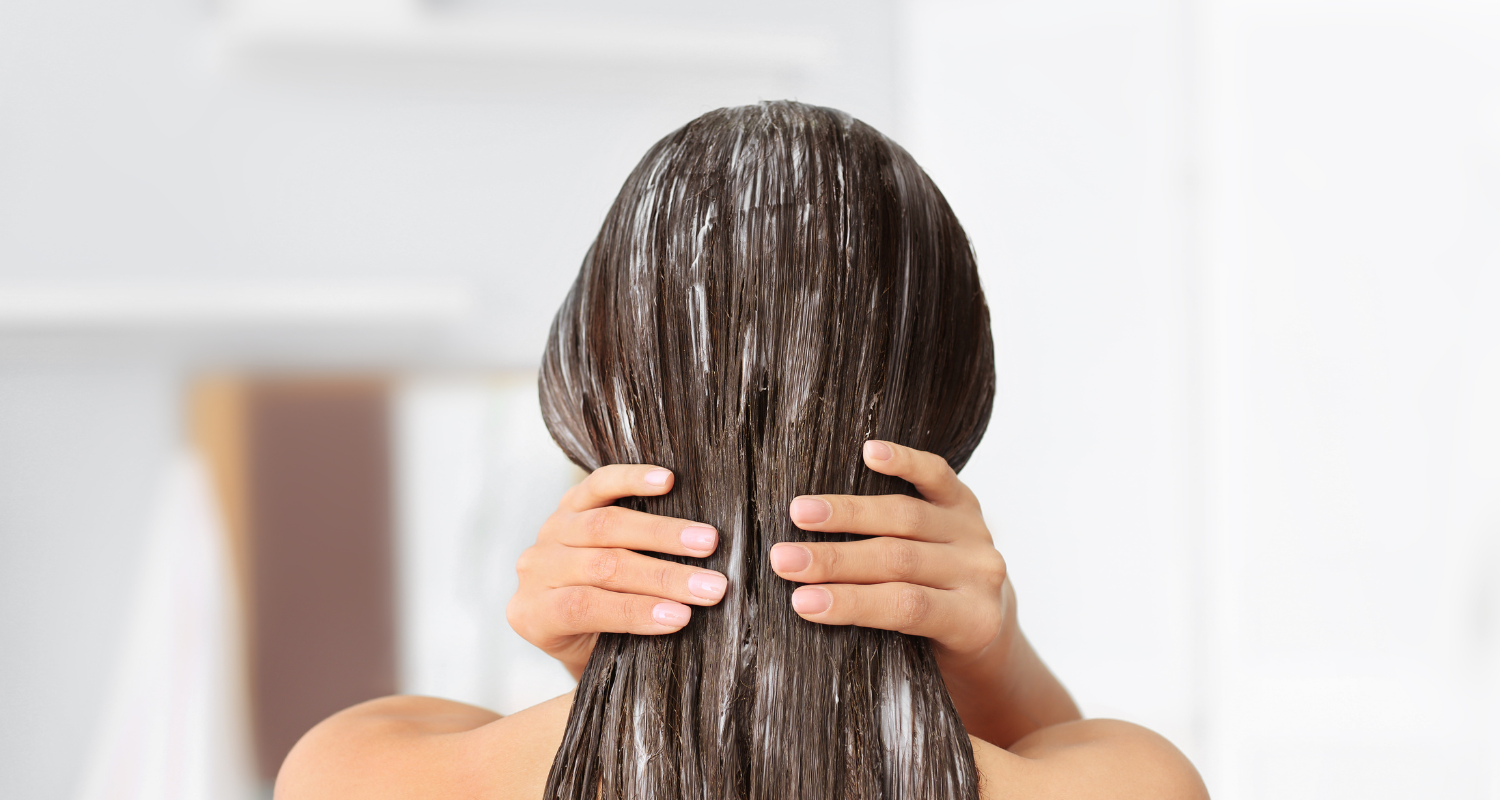
Hey there, and welcome to Conditioner 101: The Definitive Guide to Hair Conditioning for Stunning, Healthy Tresses! After exploring Shampoo 101 and learning how to choose the perfect shampoo for your hair needs, it's time to dive into the world of conditioners. Ever found yourself standing in the hair care aisle, feeling overwhelmed by the plethora of conditioner options? Well, you're not alone. Hair conditioners are essential for keeping our locks looking their best, but finding the right one can be a challenge.
Worry not! In this all-inclusive guide, we'll explore the world of hair conditioners, touching on topics like the best conditioner for hair, the role of key conditioner ingredients, and the differences between conditioner and shampoo. Get ready to learn from hair experts and specialists as we delve into the nitty-gritty of hair conditioning.
We'll share the basics about conditioners, along with some little-known tips and tricks that'll help you achieve fabulous, healthy hair. You'll also get the lowdown on debunking common conditioner myths, as well as advice on choosing eco-friendly and sustainable options. Plus, we'll be recommending top-notch products from well-known brands to guide you in selecting the perfect conditioner for your hair type.
So, let's jump right in and unlock the secrets to amazing hair! We're here to support you every step of the way, so relax and enjoy the ride.
The Science of Hair Conditioning
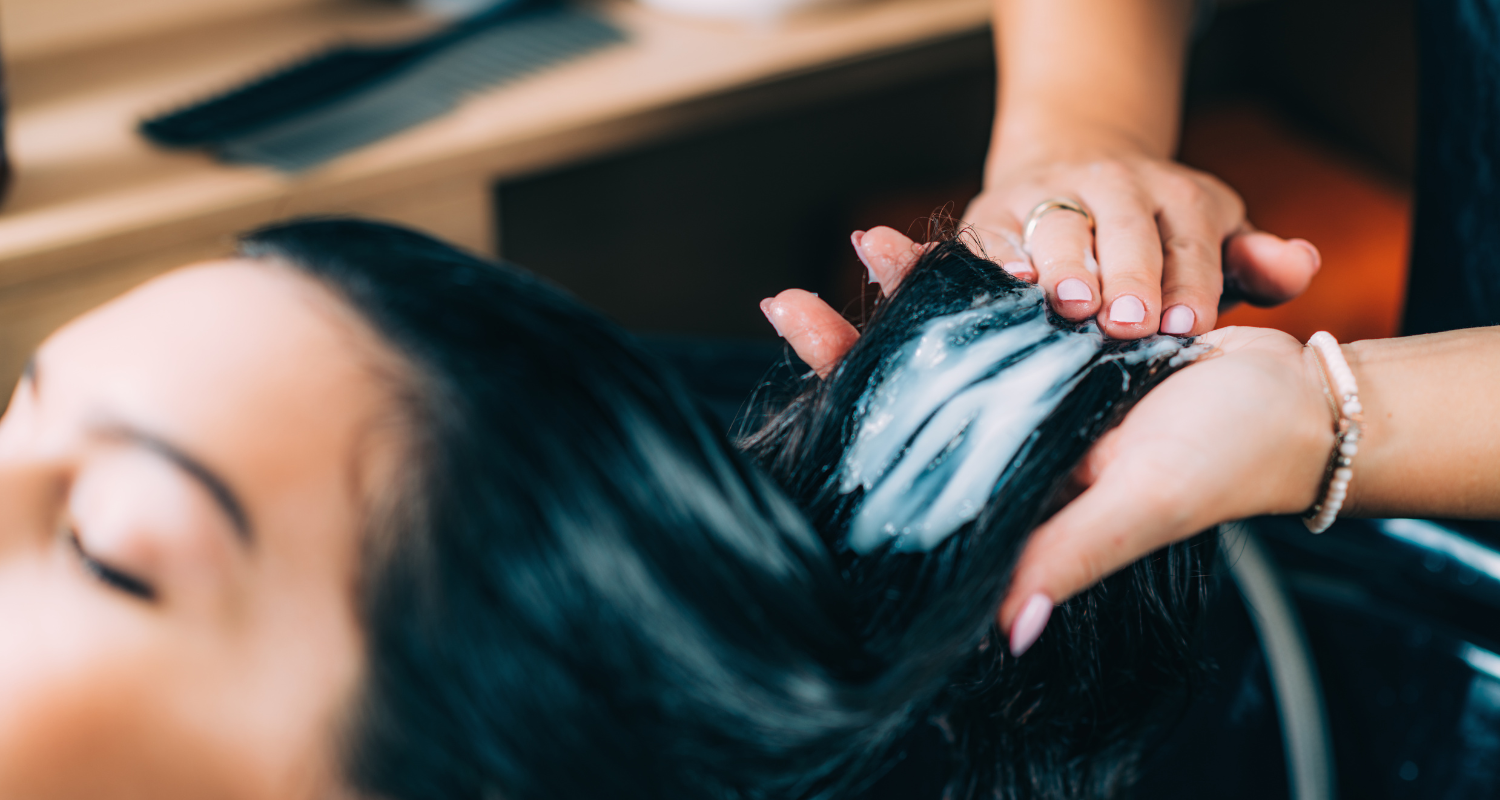
When it comes to hair care, conditioners are the unsung heroes, working wonders behind the scenes to keep our locks looking fabulous. But what's the secret sauce behind these hair care powerhouses? Let's unravel the fascinating science of hair conditioning and discover how these products work their magic on a molecular level.
The primary purpose of a hair conditioner is to restore and maintain the hair's natural moisture balance, smooth the hair cuticles, and improve manageability. Conditioners achieve this by depositing various ingredients onto the hair shaft, such as oils, fatty alcohols, and proteins, which help to nourish, hydrate, and repair the hair.
To better understand how conditioners work, let's take a closer look at the different types available: rinse-out, leave-in, and deep conditioners.
Rinse-out conditioners: These are the most common type of conditioner, applied after shampooing and rinsed out after a short period. Rinse-out conditioners typically contain cationic surfactants, which are positively charged molecules that bind to the negatively charged hair shaft, helping to smooth the cuticles and reduce frizz. Some popular brands offering rinse-out conditioners include L'oréal Professionnel, Kérastase, and Wella.
Leave-in conditioners: As the name suggests, these conditioners are designed to be left in the hair after application, providing lightweight hydration and protection throughout the day. Leave-in conditioners contain lower concentrations of oils and surfactants, making them perfect for fine or easily weighed-down hair. Invisibobble, Moroccanoil, and Maria Nila are known for their leave-in conditioners.
Deep conditioners: These heavy-duty treatments provide intense nourishment for dry, damaged, or chemically treated hair. Deep conditioners usually contain higher concentrations of moisturizing ingredients and are left on the hair for an extended period, typically under a heat source or wrapped in a towel, to enhance penetration. Brands like Olaplex, Redken, and Schwarzkopf Professional offer deep conditioning treatments.
Now that we've covered the basics, let's analyze some key conditioner ingredients and their benefits for hair health:
Fatty alcohols: These lubricating agents, such as cetyl alcohol and stearyl alcohol, help to smooth the hair shaft, reduce frizz, and provide slip for easier detangling.
Natural oils: Ingredients like argan oil, coconut oil, and jojoba oil add moisture, nourishment, and shine to the hair. They can also help to seal and protect the hair shaft, locking in hydration.
Proteins: Hydrolyzed proteins like keratin, silk, and wheat are used to strengthen the hair shaft, repair damage, and improve elasticity.
Glycerin: This powerful humectant attracts moisture from the air, helping to keep the hair hydrated and reduce breakage.
Panthenol: Also known as provitamin B5, panthenol penetrates the hair shaft, providing long-lasting moisture, improving elasticity, and adding shine.
Now let's move on to how conditioners can cater to every hair need, regardless of hair type.
Understanding Different Hair Types and How to Condition Them Appropriately
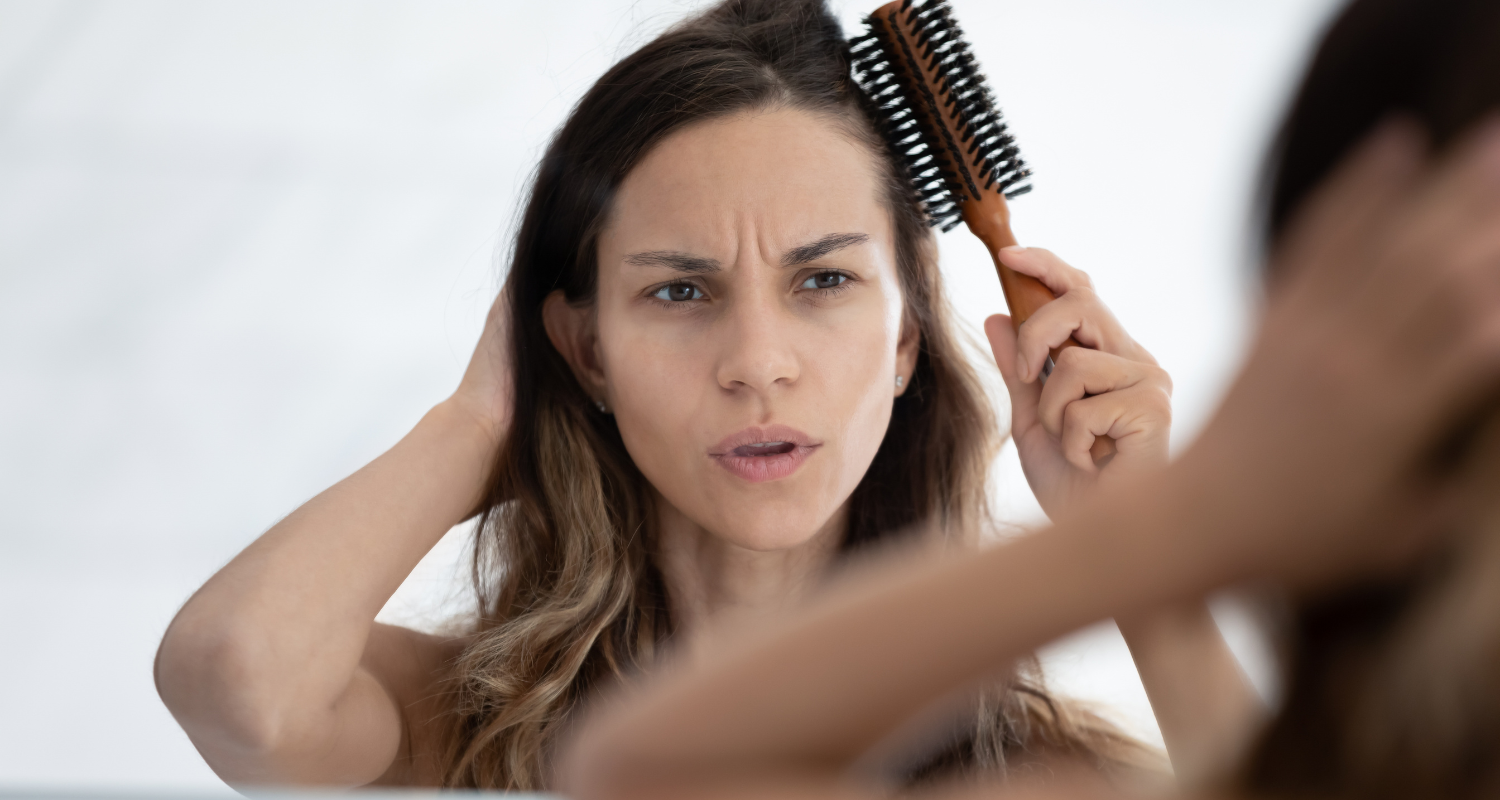
Hair comes in various shapes, sizes, and textures, and each type has unique characteristics and conditioning needs. Let's dive into the world of hair types and explore how specific conditioner formulations cater to each one, along with some product recommendations to suit your hair's unique needs.
Fine hair: Fine hair has a smaller diameter compared to other hair types, making it more prone to breakage and tangling. Lightweight, volumizing conditioners that won't weigh the hair down are ideal. Look for formulas with protein to strengthen your strands. Product recommendation: L'oréal Professionnel Volumetry Conditioner.
Thick hair: Thick hair has a larger diameter and can be more resilient, but it may require more hydration and nourishment to keep it smooth and manageable. Opt for rich, hydrating conditioners that help to detangle and control frizz. Product recommendation: Kérastase Nutritive Lait Vital Conditioner.
Curly hair: Curly hair is often drier and more prone to frizz due to its spiral shape, which can make it difficult for natural oils to travel down the hair shaft. Moisture-rich, curl-enhancing conditioners that provide slip for easier detangling are perfect for this hair type. Product recommendation: Moroccanoil Curl Enhancing Conditioner.
Straight hair: Straight hair lies flat against the scalp, allowing natural oils to distribute evenly, which can sometimes lead to oily roots. Lightweight, balancing conditioners that provide hydration without causing buildup are ideal. Product recommendation: Wella INVIGO Balance Aqua Pure Purifying Conditioner.
Oily hair: Oily hair can be caused by excess sebum production, making it look greasy and weighed down. Choose lightweight, clarifying conditioners that won't add extra oils or heavy residues. Product recommendation: BioSilk Volumizing Therapy Conditioner.
Dry hair: Dry hair lacks moisture, which can lead to breakage, frizz, and dullness. Opt for deeply hydrating and nourishing conditioners that help to lock in moisture and restore shine. Product recommendation: Schwarzkopf Professional BC Bonacure Hyaluronic Moisture Kick Conditioner.
By understanding your hair type and its unique conditioning needs, you can choose the best product formulations to keep your locks looking their best. Remember that your hair's needs may change over time or with different seasons, so be prepared to switch up your conditioner to maintain optimal hair health.
Tips and Tricks for Perfect Conditioning

Conditioning your hair may seem like a simple task, but applying the right techniques can make all the difference in achieving flawless results. Let's delve into some expert tips and tricks for applying conditioners effectively, proper rinsing, and using leave-in and deep conditioners to ensure optimal results.
Applying conditioners effectively: When applying conditioner, less is often more. Start with a quarter-sized amount for medium-length hair, adjusting accordingly for longer or shorter hair. Focus on applying the conditioner from the mid-lengths to the ends of your hair, where it tends to be driest and most prone to damage. Avoid applying conditioner directly to your roots, as this can weigh your hair down and cause it to become greasy more quickly.
Proper rinsing: Thorough rinsing is crucial to prevent product build-up and residue, which can leave your hair looking dull and lifeless. Use lukewarm water to rinse the conditioner from your hair, gently massaging your scalp to remove any lingering product. Consider finishing with a cool water rinse to help seal the hair cuticle, promoting shine and smoothness.
Using leave-in conditioners: Leave-in conditioners are applied after towel-drying your hair, providing lightweight hydration and protection throughout the day. Apply a small amount, focusing on the mid-lengths and ends, and avoid the roots to prevent greasiness. Comb through your hair with a wide-tooth comb to ensure even distribution and detangle any knots.
Deep conditioning treatments: Deep conditioners provide intense nourishment and repair for dry, damaged, or chemically treated hair. Apply the treatment to clean, towel-dried hair, concentrating on the mid-lengths and ends. Follow the product's instructions for the recommended leave-in time, typically around 10-30 minutes. For enhanced penetration, consider wrapping your hair in a warm towel or using a heat cap. Rinse thoroughly with lukewarm water, and finish with a cool water rinse to seal the cuticle.
Hair Conditioner's Hidden Benefits

While we often focus on the basic functions of conditioners, such as hydration and manageability, there are several lesser-known benefits that can elevate your hair care routine to the next level. Let's discover the unexpected perks of using hair conditioners and learn how to incorporate them into your regimen for your hair care experience.
Protection Against Heat Damage
Conditioners can help protect your hair from heat damage caused by styling tools such as blow dryers, flat irons, and curling wands. They create a barrier on the hair shaft, shielding it from the high temperatures that can weaken and damage hair. To maximize this benefit, always apply conditioner after shampooing and before using any heat styling tools.
Swimmer's Solution
Chlorine and other pool chemicals can take a toll on your hair, causing dryness, discoloration, and damage. Applying a conditioner before swimming can help protect your hair by forming a barrier that prevents chlorine from being absorbed. Choose a heavy-duty conditioner, such as a deep conditioner or mask, for the best results.
Tangle Tamer
Conditioners can make detangling your hair a breeze. They smooth the hair cuticles, reducing friction between hair strands and making it easier to comb through and remove knots. To avoid breakage and damage, apply conditioner and gently comb through your hair with a wide-tooth comb while it's still damp.
Prolonging Hair Color
Conditioners can help extend the life of your hair color by sealing the hair cuticles and locking in the dye molecules. This not only prevents color from fading but also maintains the vibrancy of your color-treated hair. Opt for a conditioner specifically designed for color-treated hair to reap the maximum benefits.
Improved Hair Elasticity
Regular use of a conditioner can improve your hair's elasticity, making it more resilient and less prone to breakage. Conditioners contain proteins and moisturizing agents that strengthen hair fibers and maintain a healthy moisture balance. This results in hair that is more pliable and easier to style.
How To Unleash Your Conditioner's Full Potential

For your hair care routine, utilizing your conditioner to its best capacity can be transformative. Get ready to learn some little-known tricks and advice for maximizing the advantages of your conditioner, improving its functionality, and getting salon-quality results at home.
Use a wide-tooth comb: Applying conditioner with a wide-tooth comb helps ensure even distribution and better penetration of the product into your hair. After applying conditioner, gently comb through your hair, starting from the ends and working your way up to minimize breakage and detangle knots.
Apply to damp hair: Squeeze out excess water from your hair before applying conditioner. Damp hair allows for better absorption of the product while preventing dilution, ensuring you get the most out of your conditioner.
Heat cap or towel for deep conditioning: Using a heat cap or wrapping your hair in a warm towel during a deep conditioning treatment helps open the hair cuticle, allowing the conditioner to penetrate deeper into the hair shaft. This results in better hydration, nourishment, and overall improved hair health.
Cold water rinse: Rinsing your hair with cold water after conditioning helps seal the hair cuticle, locking in moisture and nutrients, and promoting shine and smoothness.
Supplement with hair oils and masks: Boost your conditioner's performance by incorporating hair oils and masks into your routine. Hair oils, like argan or coconut oil, can be used as a pre-shampoo treatment or added to your conditioner for extra hydration. Hair masks provide additional nourishment and repair, targeting specific hair concerns. Use them once or twice a week, depending on your hair's needs.
Conditioner cocktails: Customize your conditioner by mixing and matching products to address your specific hair concerns. For example, combine a volumizing conditioner with a nourishing one to achieve both fullness and hydration.
Overnight conditioning: For a more intensive treatment, try applying a leave-in conditioner or hair mask to your hair before bed and leaving it in overnight. Cover your hair with a silk or satin cap to protect your pillow and retain moisture. Rinse out in the morning for deeply nourished, revitalized hair.
Remember to listen to your hair's needs, experiment with different techniques, and find the perfect routine tailored just for you.
Eco-friendly Conditioning: DIY and Sustainable Options
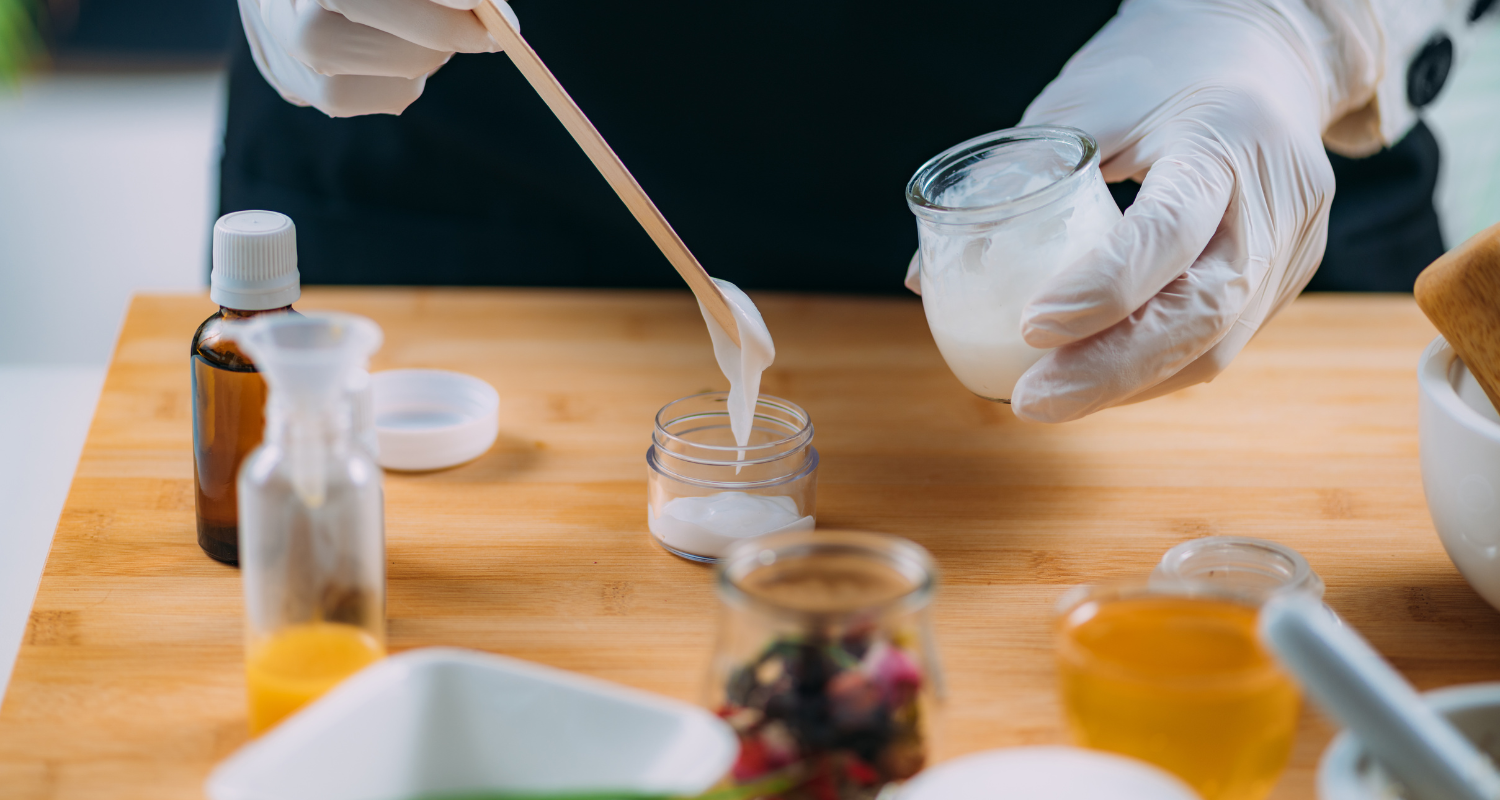
Embracing eco-friendly hair care is not only beneficial for the environment but can also have positive effects on your hair health. Discover DIY hair conditioner recipes, learn about the advantages of sustainable conditioners, and explore eco-friendly brands and products available in the market.
DIY Hair Conditioner Recipes:
Honey and Coconut Oil Conditioner
- 2 tablespoons raw honey
- 4 tablespoons melted coconut oil
- Combine the honey and coconut oil in a small bowl, mixing well. Apply to damp hair, focusing on the mid-lengths and ends. Leave in for 15-30 minutes, then rinse thoroughly with lukewarm water.
Apple Cider Vinegar Rinse
- 2 tablespoons apple cider vinegar
- 1 cup water
- Mix the apple cider vinegar and water in a spray bottle. After shampooing, spray the mixture onto your hair, avoiding the roots. Let it sit for a few minutes before rinsing with cool water. This rinse helps restore the hair's natural pH, detangles, and adds shine.
Avocado and Banana Deep Conditioner
- 1 ripe avocado
- 1 ripe banana
- 2 tablespoons olive oil
- Mash the avocado and banana together until smooth, then mix in the olive oil. Apply to damp hair, focusing on the mid-lengths and ends. Cover with a shower cap and let it sit for 30 minutes. Rinse thoroughly with lukewarm water.
Environmental and Health Benefits of Sustainable Conditioners:
Reduced waste: Eco-friendly conditioners often come in biodegradable or reusable packaging, minimizing plastic waste.
Natural ingredients: Sustainable conditioners typically use natural, plant-based ingredients, which are gentle on the hair and scalp and free of harsh chemicals.
Cruelty-free: Many eco-friendly brands are committed to cruelty-free practices and do not test their products on animals.
Lower carbon footprint: Sustainable brands often prioritize local sourcing, reducing the environmental impact of transportation and supporting local communities.
Eco-friendly Conditioner Brands and Products:
Maria Nila: This brand offers 100% vegan and cruelty-free hair care products, packaged in climate-compensated containers. Product recommendation: Maria Nila Luminous Colour Conditioner.
La Riche Directions: This brand is known for its vibrant hair colors and eco-friendly hair care products, including conditioners free of parabens, sulfates, and silicones. Product recommendation: La Riche Directions Colour Care Conditioner.
By opting for DIY or sustainable conditioning options, you can enjoy healthier hair while reducing your environmental impact. Consider incorporating these alternatives into your hair care routine and experience the benefits of eco-friendly conditioning firsthand. Next up, let's debunk these myths!
Debunking Conditioner Myths: Fact vs. Fiction
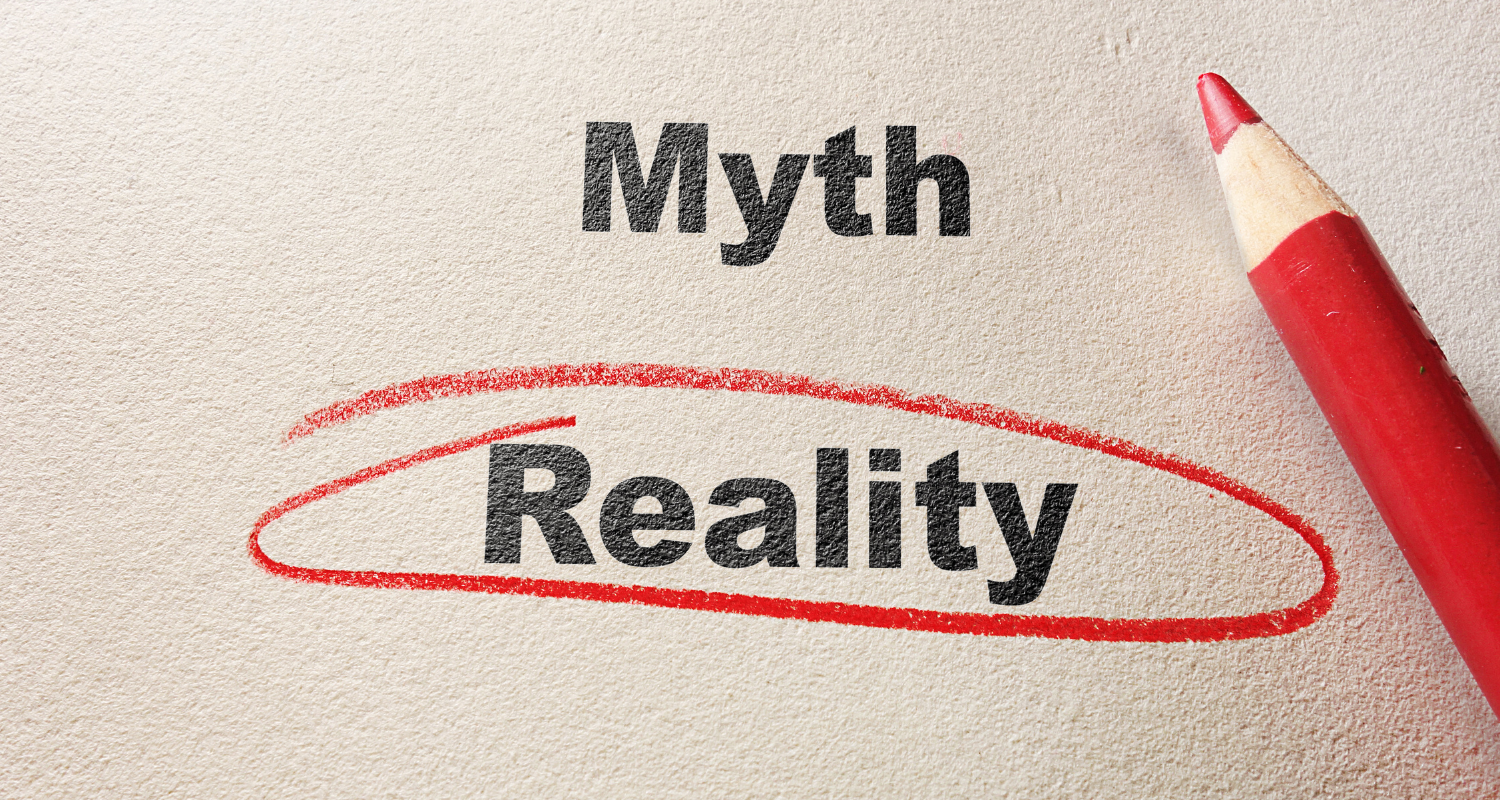
Hair conditioners are an essential part of any hair care routine, but there are many myths and misconceptions surrounding their use. Let's debunk four common conditioner myths, using expert opinions and scientific evidence to separate fact from fiction.
- Myth 1: Conditioners cause hair to become greasy.
- Fact: Conditioners are designed to hydrate and nourish the hair, not make it greasy. If you're experiencing greasiness, it may be due to applying the conditioner directly to your roots, using too much product, or not rinsing thoroughly. Be sure to focus on the mid-lengths and ends when applying conditioner and rinse well to avoid product build-up.
- Myth 2: Conditioners are not necessary for certain hair types.
- Fact: All hair types can benefit from using a conditioner, as it helps to balance the hair's natural moisture levels, improve manageability, and protect against damage. The key is to choose a conditioner specifically formulated for your hair type to address its unique needs.
- Myth 3: You should always apply conditioner after shampooing.
- Fact: While it's generally recommended to apply conditioner after shampooing, certain hair types may benefit from a "reverse washing" technique, in which conditioner is applied before shampoo. This can help add moisture to fine hair without weighing it down, resulting in increased volume and bounce. Experiment with different methods to determine what works best for your hair.
- Myth 4: Using a conditioner with protein will make your hair brittle.
- Fact: While it's true that excessive protein can cause hair to become brittle, using a conditioner with protein in moderation can help to strengthen and repair damaged hair. If your hair is lacking protein, incorporating a protein-based conditioner into your routine can lead to improved hair health. Be sure to balance protein treatments with moisturizing conditioners to maintain optimal hair health.
- Myth 5: You can use any conditioner as a leave-in conditioner.
- Fact: Leave-in conditioners are specifically formulated to be left in the hair without rinsing, providing lightweight hydration and protection throughout the day. Using a regular rinse-out conditioner as a leave-in may result in product build-up, greasiness, and weighed-down hair. Stick to products specifically labeled as leave-in conditioners for the best results.
NB : Always consult with a professional stylist or hair care expert if you have questions or concerns about your specific hair needs.
Conditioner vs. Shampoo: Learn the Difference
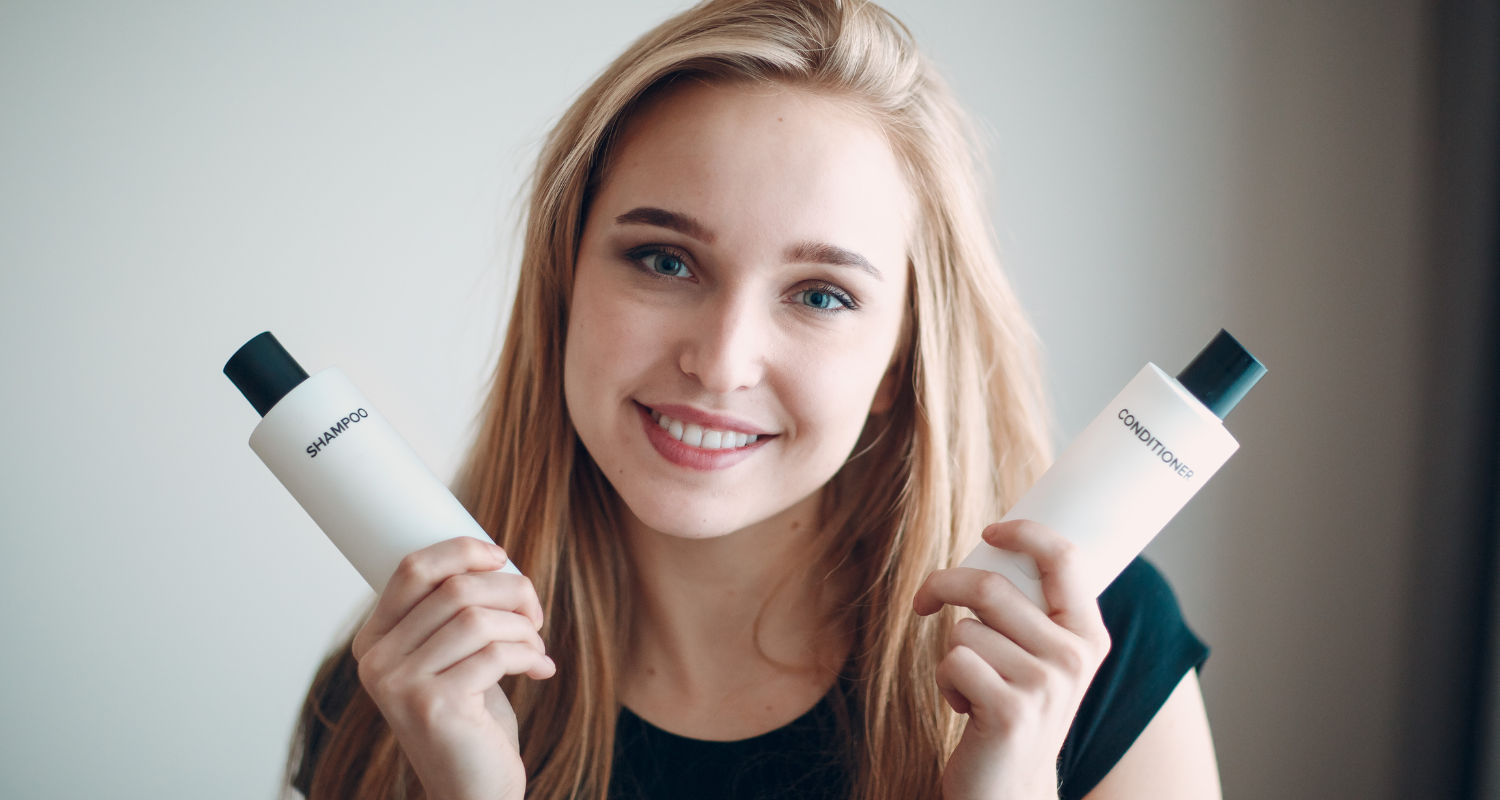
While shampoo and conditioner are both essential components of a well-rounded hair care routine, they serve distinct purposes and function differently. Understanding the difference between the two can help you maximize their benefits and maintain the health and appearance of your hair.
1. Purpose
Shampoo: The primary purpose of shampoo is to cleanse your hair and scalp. It removes dirt, excess oil, and product build-up, leaving your hair feeling fresh and clean. Shampoos often contain surfactants, which are detergents that help break down and wash away impurities.
Conditioner: Conditioners, on the other hand, are designed to nourish, moisturize, and protect your hair. They replenish the natural oils and nutrients stripped away during the shampooing process, leaving your hair soft, smooth, and manageable. Conditioners can also help detangle hair, prevent breakage, and reduce frizz.
2. Ingredients
Shampoo: Shampoos contain cleansing agents, such as sulfates or more gentle alternatives like sodium lauryl sulfoacetate (SLSA). They may also include water, fragrances, and other additives that address specific hair concerns, like dandruff or color protection.
Conditioner: Conditioners contain nourishing ingredients like proteins, vitamins, oils, and silicones. These ingredients work together to hydrate, smooth, and protect hair strands, improving hair health and appearance. Some conditioners also contain specialized ingredients to target specific concerns, such as color fading or heat protection.
3. Application
Shampoo: To use shampoo, wet your hair and scalp thoroughly, then apply a small amount of shampoo and massage it into your scalp using circular motions. This helps break down dirt and oil, allowing the shampoo to clean your hair effectively. Rinse your hair completely to remove all traces of the shampoo.
Conditioner: After shampooing, squeeze out excess water from your hair and apply conditioner from mid-lengths to ends, avoiding the scalp. Leave the conditioner on your hair for a few minutes to allow the nourishing ingredients to penetrate the hair shaft. Rinse thoroughly with lukewarm water to remove the conditioner.
4. Frequency of Use
Shampoo: The frequency of shampooing depends on your hair type and lifestyle. People with oily hair may need to shampoo daily, while those with dry or color-treated hair might only need to shampoo every 2-3 days. It's essential to find the right balance for your hair to prevent over-washing or under-washing.
Conditioner: Conditioner should be used every time you shampoo your hair. Regular conditioning helps maintain your hair's moisture balance and keeps it healthy, strong, and manageable. Depending on your hair type and needs, you may also use leave-in conditioners or deep conditioning treatments for added nourishment.
Shampoo and conditioner play unique yet complementary roles in your hair care routine. Shampoo cleanses and removes impurities, while conditioner nourishes and protects your hair. Using both products in tandem ensures that your hair remains clean, healthy, and looking its best.
Points Clés
In this comprehensive guide, we've covered everything you need to know about hair conditioners. From understanding the science behind their formulation to learning about the various types and their specific benefits, we've equipped you with the knowledge to make informed decisions about your hair care routine.
We've also explored expert techniques for applying conditioners, debunked common myths, and discussed the importance of choosing the right conditioner based on your hair type and concerns. Additionally, we've touched on eco-friendly alternatives and the unexpected perks of using conditioners, as well as the differences between shampoos and conditioners.
As you embark on your hair conditioning journey, remember that knowledge is power. By understanding the ins and outs of hair conditioners, you can take control of your hair care regimen and unlock the full potential of these essential products. With the right conditioner and proper techniques, you'll be on your way to healthier, more beautiful hair that truly reflects your unique style and personality. Now, it's time to put this newfound knowledge into practice and embrace the transformative power of hair conditioners!



